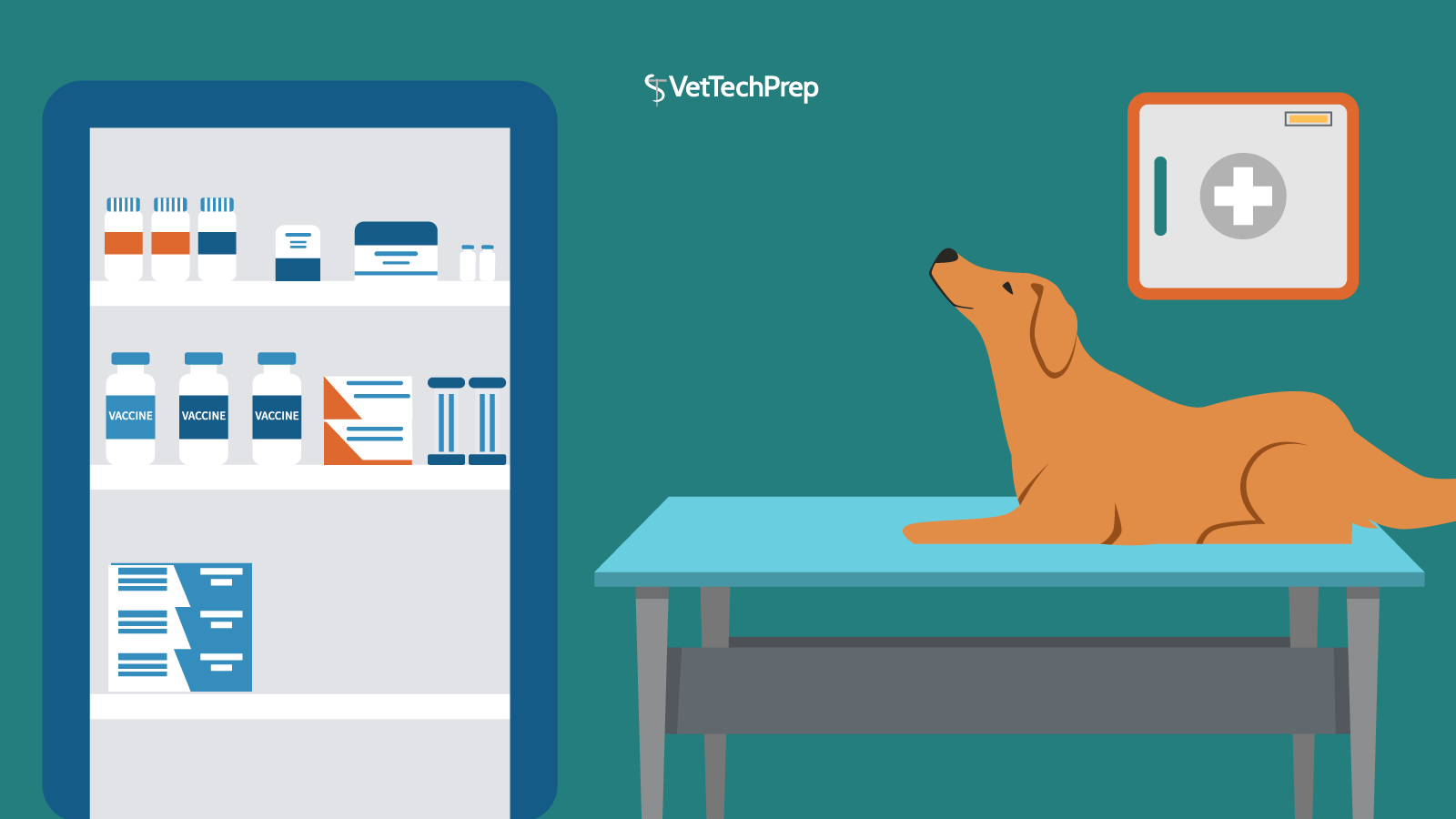
 One thing you will soon learn in veterinary medicine (if you haven’t already) is that everyone has different interests! In every practice I’ve worked in, there are some techs who love dentistry and others who avoid it at all costs.
One thing you will soon learn in veterinary medicine (if you haven’t already) is that everyone has different interests! In every practice I’ve worked in, there are some techs who love dentistry and others who avoid it at all costs.
If you’re one of those vet techs who loves dentistry, you’re in luck! Veterinary dentistry is a growing field and there are a number of ways that you can translate your love of dentistry into a rewarding career.
First, ask yourself how committed you are to veterinary dentistry as a career path. If it’s your number one priority, it might make sense to pursue specialization and work exclusively in veterinary dentistry.
If you love dentistry but also love aspects of general practice, you may want to forego specialization in favor of on-the-job training and continuing education, which will allow you to practice high-quality dentistry within the general practice environment.
Read More






 Although dental extractions are a common, everyday procedure in many veterinary practices, they are also a frequent source of frustration for vets, vet techs, and clients. Learning to communicate with clients about extractions more effectively can help alleviate at least a portion of this stress, improving client compliance with these procedures.
Although dental extractions are a common, everyday procedure in many veterinary practices, they are also a frequent source of frustration for vets, vet techs, and clients. Learning to communicate with clients about extractions more effectively can help alleviate at least a portion of this stress, improving client compliance with these procedures. 
 As you have probably already noticed during your time in vet clinics, high-quality veterinary care is expensive! We have the ability to perform a wide variety of advanced diagnostic tests and treatments for our veterinary patients, but not all clients can afford this level of care. Unfortunately, if clients can’t afford the diagnostics and treatments that we recommend, we can’t provide them… which means that all of the recent advances in veterinary medicine serve little purpose.
As you have probably already noticed during your time in vet clinics, high-quality veterinary care is expensive! We have the ability to perform a wide variety of advanced diagnostic tests and treatments for our veterinary patients, but not all clients can afford this level of care. Unfortunately, if clients can’t afford the diagnostics and treatments that we recommend, we can’t provide them… which means that all of the recent advances in veterinary medicine serve little purpose. 
 One thing you will soon learn in veterinary medicine (if you haven’t already) is that everyone has different interests! In every practice I’ve worked in, there are some techs who love dentistry and others who avoid it at all costs.
One thing you will soon learn in veterinary medicine (if you haven’t already) is that everyone has different interests! In every practice I’ve worked in, there are some techs who love dentistry and others who avoid it at all costs.
 You probably have gained some exposure to veterinary dentistry during tech school and/or your externships. You’ve learned the basic steps involved in veterinary dentistry. You may have observed or even assisted with a dental. Still, that doesn’t necessarily mean that you feel completely comfortable jumping in and doing your first independent dental as a vet tech!
You probably have gained some exposure to veterinary dentistry during tech school and/or your externships. You’ve learned the basic steps involved in veterinary dentistry. You may have observed or even assisted with a dental. Still, that doesn’t necessarily mean that you feel completely comfortable jumping in and doing your first independent dental as a vet tech! 


 As you approach the end of your schooling, you’re likely looking ahead towards beginning your career as a vet tech. You’ve finally made it! The last hurdle that stands between you and your vet tech career is passing the VTNE® and obtaining your license.
As you approach the end of your schooling, you’re likely looking ahead towards beginning your career as a vet tech. You’ve finally made it! The last hurdle that stands between you and your vet tech career is passing the VTNE® and obtaining your license. 




